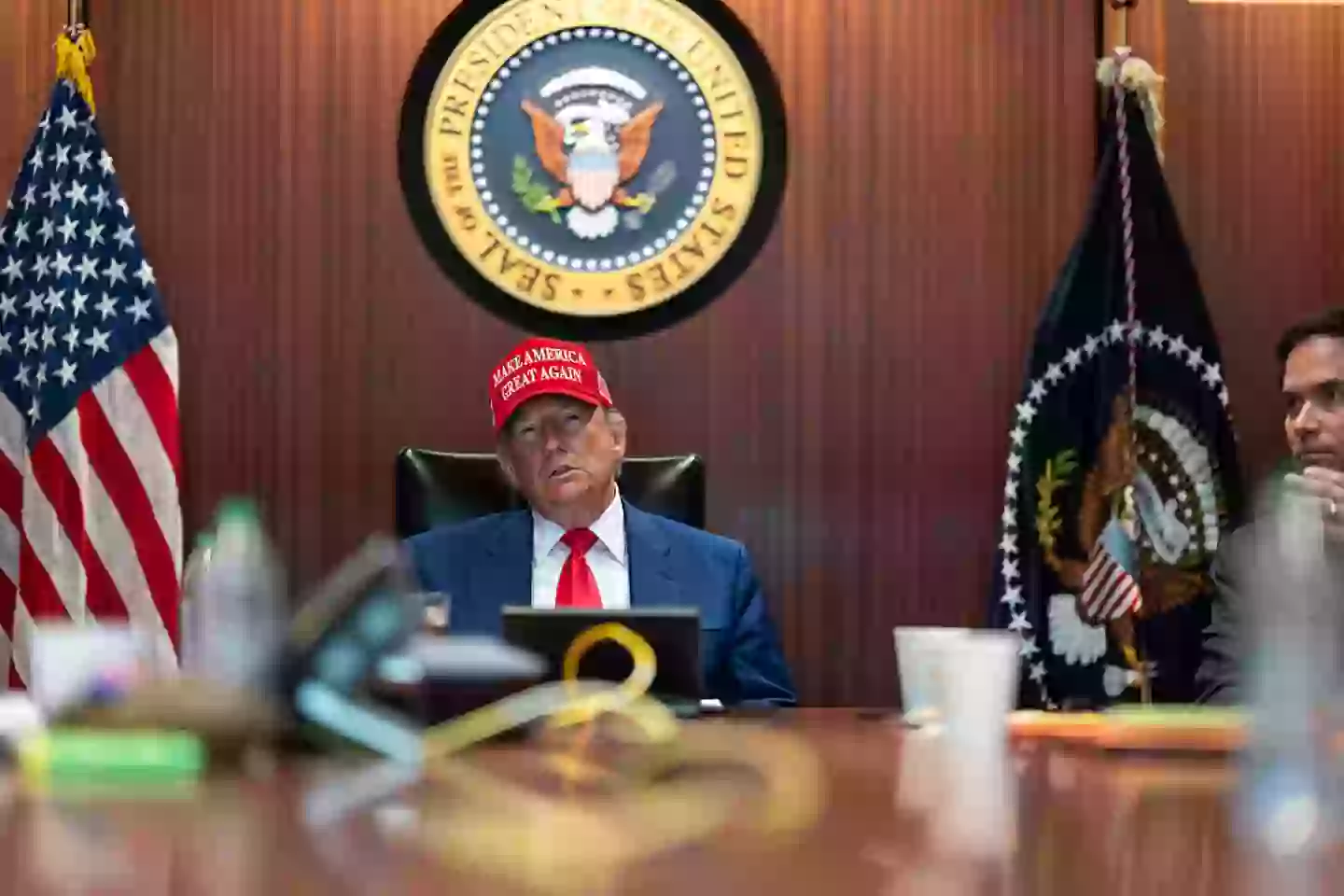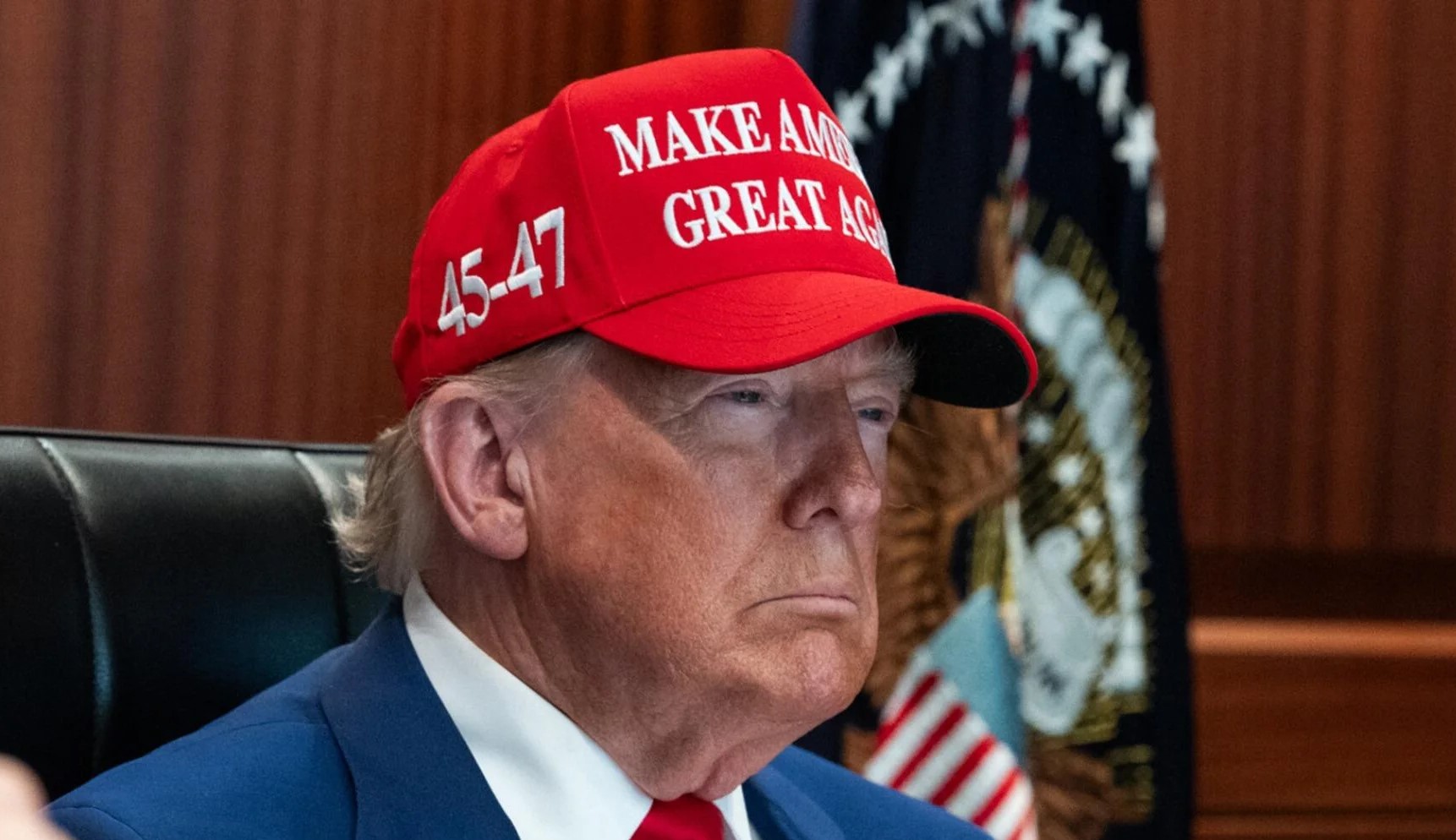A Mysterious Image Sparks Controversy
When a single image can ignite a political firestorm, it’s a reminder of how powerfully symbols—and suspicions—can shape public dialogue. A newly released photograph of former President Donald Trump has sent shockwaves through both political circles and the digital underworld of conspiracy theorists. At first glance, the image appears innocuous: the former president donning his signature MAGA hat, standing proud, composed, and undeterred. But for some, the angle of the photo revealed something far more provocative—a close-up of Trump’s right ear.
And that’s where the theories begin.
Revisiting the 2024 Assassination Attempt
To understand the current uproar, we need to revisit the moment that initially triggered this deep divide in narratives. During a presidential campaign rally in 2024 near Butler, Pennsylvania, Donald Trump was the target of an attempted assassination. The alleged shooter, 20-year-old Thomas Matthew Crooks, reportedly fired an AR-15-style rifle from the rooftop of a nearby building, sending panic through the crowd.
According to officials at the time, eight shots rang out. One of them reportedly grazed Trump’s right ear. Despite the horrifying circumstances, the then-presidential candidate continued speaking briefly after the attack and was quickly evacuated. The Secret Service neutralized the shooter moments later.
Three others were hit in the chaos—two were critically wounded, and one tragically died on the scene. For many Americans, that day represented an unsettling reminder of the vulnerability even high-profile figures face.

(Handout / Getty Images)
Conspiracy Resurfaces With a Single Snapshot
The controversy didn’t end with the attack—or even after the alleged shooter was killed. Instead, it morphed into something more persistent: a swirl of online theories that questioned the authenticity of the event itself. And the latest spark? A photograph released on June 21, 2025, by the White House.
What should have been a routine photo opportunity became something else entirely. Online users fixated on Trump’s right ear, visible in stunning clarity in the photo. That ear, many noted, looked pristine—no scarring, no damage, no indication of trauma.
This observation was more than enough to send social media into a frenzy. On X (formerly Twitter), users dissected the image frame by frame, suggesting that the absence of visible damage meant the injury had been faked. For conspiracy theorists, this wasn’t just a photo—it was “evidence.”
Social Media Reactions: The Divide Widens
Within hours, posts began circulating widely:
“Isn’t this the ear that apparently took a bullet?”
“Trump should forget the Nobel Peace Prize and go for the Nobel Prize in Medicine—for regrowing an ear!”
“There is absolutely nothing to see on Trump’s ear now. No scar, nothing. That is really impossible and therefore totally unbelievable. Staged!”
As is often the case in an era of instant information and misinformation, online debate quickly spiraled. Some users dug up old footage of the event, pausing at critical moments, zooming in on images, and overlaying diagrams of ear anatomy. Others shared graphics suggesting that the wound location and healing timeline didn’t align with medical norms.

(Daniel Torok/The White House via Getty Images)
Critics Push Back Against the Conspiracies
But not everyone was entertained by the spectacle.
In direct contrast to those fueling the rumors, many others pushed back hard:
“How exactly was it faked in an outdoor setting with thousands of witnesses and dozens of cameras?”
“This man came within inches of death and you’re mocking the situation like it’s a TV episode?”
“A firefighter died that day. A family is grieving. This kind of talk is disgusting.”
Indeed, critics of the conspiracy theories pointed out that a hero—Cory Compentore, a firefighter—was killed during the shooting. Suggesting the entire event was staged, they argue, is not only unfounded but deeply disrespectful to those affected.
Medical Possibilities: Could an Ear Heal So Well?
Despite the passion on both sides of the debate, medical professionals weighed in with a more measured tone. Ear injuries, depending on the type and severity, can heal with minimal scarring. In cases where a bullet grazes the ear rather than penetrating or tearing cartilage, doctors say it’s possible that with top-tier medical care, the area could appear nearly untouched within a year.
Plastic surgery, skin grafts, or even natural healing with proper treatment can result in an impressive recovery. However, unless full medical documentation is released—something unlikely for national security and privacy reasons—speculation may continue to flourish.
The Power of Political Mythology
The Trump presidency and post-presidency have been filled with polarizing moments. But few incidents have carried the emotional weight and dramatic visual resonance of an attempted assassination. For Trump’s supporters, the image of a wounded yet defiant figure became a symbol of resilience. For detractors, the entire saga—wound, heroism, and all—was another chapter in what they perceive as Trump’s manipulation of public narratives.
The conspiracy theory, then, isn’t just about a healed ear. It’s about trust. Trust in institutions. Trust in media. Trust in leaders.
And at a time when that trust is increasingly rare, even a high-resolution photograph can serve as fuel for a raging inferno of disbelief.
Trump’s Response to the Theories
Thus far, the former president has remained largely silent on the reemerging controversy. His team has made no official comment regarding the photograph or the allegations that the shooting was staged. In the past, Trump has often leaned into controversy, using media storms to rally his base and redirect national conversations. Whether he’ll do the same here remains to be seen.
One could argue that the silence is strategic—allowing critics to discredit themselves or allowing public memory to shift before responding directly. Alternatively, it could be a sign that the topic is too sensitive, too real, to address without risking reigniting trauma from the event.
A Nation Still Processing Trauma
The United States has endured moments of public violence throughout its history—some real, some alleged, all significant. From JFK to Reagan, the specter of assassination haunts American political life. In this context, Trump’s shooting attempt sits in a long, complex lineage.
Whether real or not (and most credible evidence confirms that it was indeed real), the public’s reaction reveals something deeper: a widespread unease with truth itself. In an age of AI, deepfakes, and media manipulation, even a gunshot wound can be put on trial in the court of public opinion.
Media Responsibility and the Echo Chamber
Mainstream media outlets have tread carefully around this particular controversy, reporting the facts of the original incident and highlighting the rise of the conspiracy theory without directly endorsing it. But social media platforms, governed more by algorithms than ethics, continue to amplify the loudest and most outrageous voices.
For journalists and public figures, this moment serves as a reminder of the delicate balance between transparency and sensationalism. How much coverage do you give a conspiracy before it begins to look like validation? How do you correct misinformation without inadvertently spreading it?
A Country at the Crossroads of Truth
This single image—just a glimpse of an ear—has become a symbol for something much larger. In the eyes of some, it represents a government cover-up. To others, it’s a cruel joke at the expense of real trauma. But for most Americans, it’s a confusing reflection of the times we live in.
A time when facts feel negotiable. When images can deceive. When trust must be earned daily, but is so easily lost.
As the nation watches this strange debate unfold, one thing remains clear: what’s being questioned isn’t just an event from 2024. It’s the very idea of what’s real.
Final Thoughts: Beyond the Ear
Perhaps the real story is not the ear, or the photo, or even the shooting itself—but the need for Americans to find a way back to a shared understanding of reality. Until then, even the most minute details—like the smoothness of a former president’s ear—will continue to be flashpoints in a society divided not just by politics, but by perception.
In the end, this isn’t just about Donald Trump. It’s about a nation desperate for clarity, and the hope that somewhere in the chaos of commentary and conspiracy, the truth still matters.

